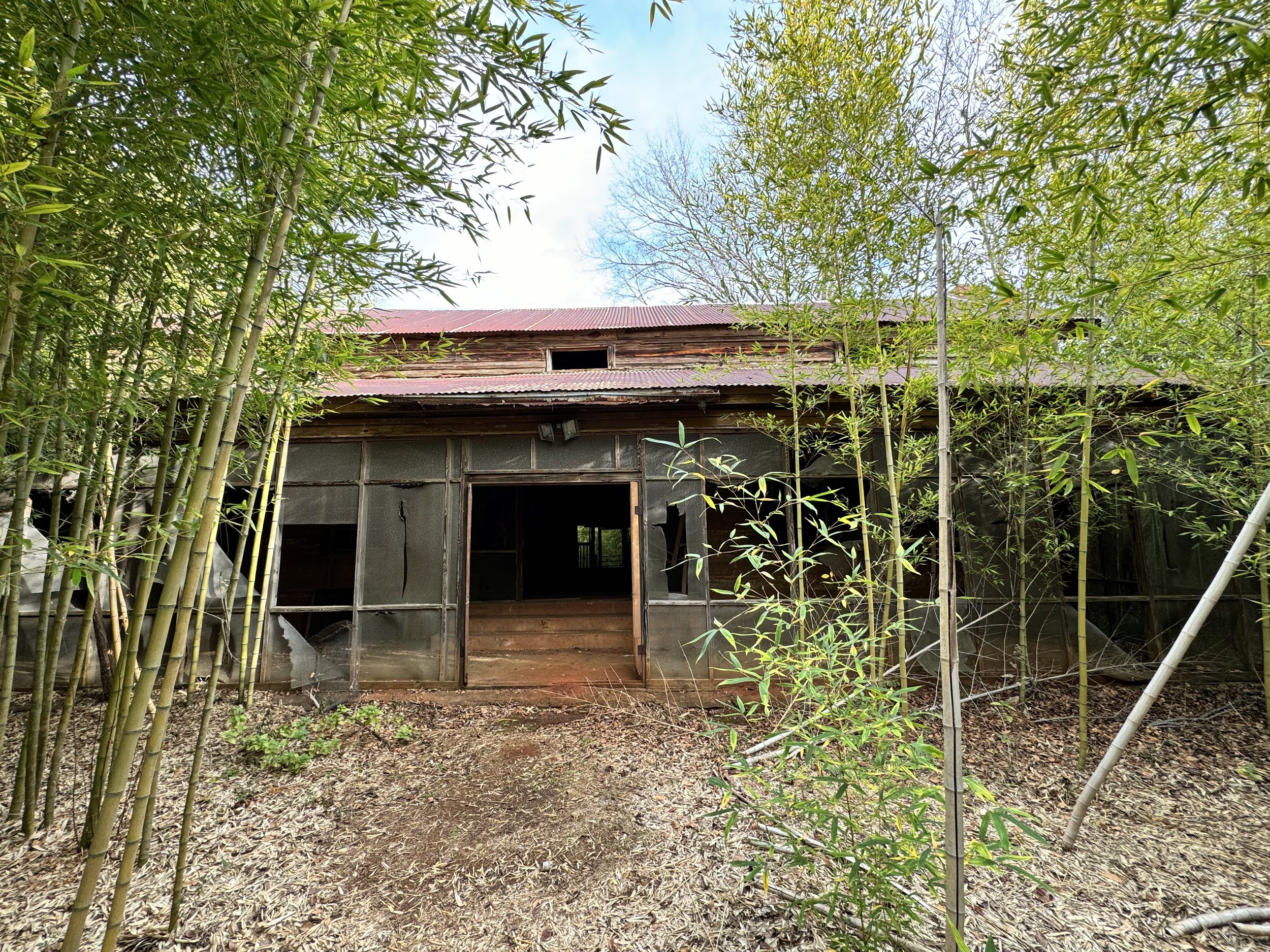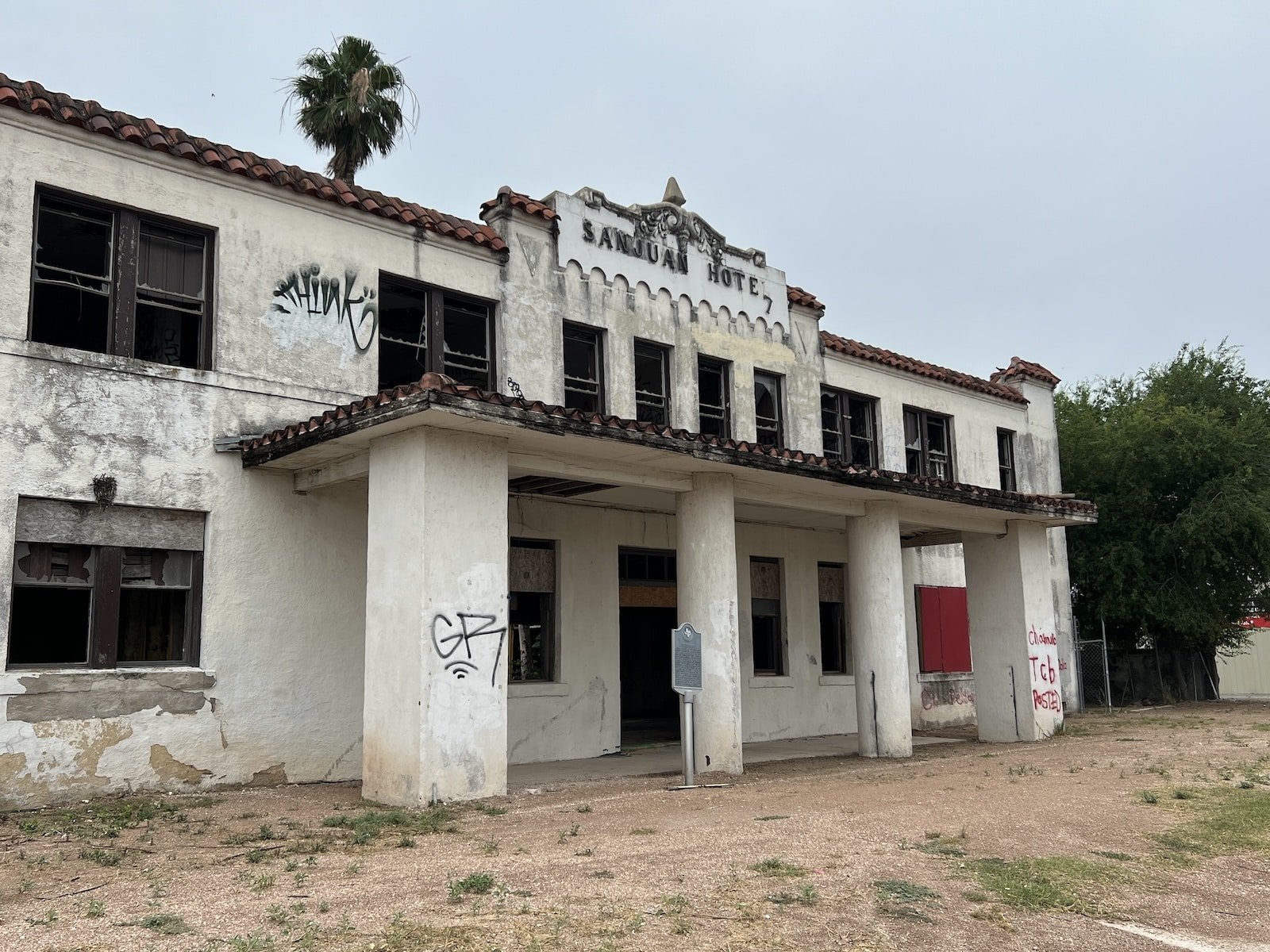2024 Most Endangered Places List
San Marcos, Texas — Preservation Texas has announced its annual list of Texas's Most Endangered Places. This year's list includes 12 individual sites and one cultural landscape across the state, from the indigenous cultural landscape of Indian Hot Springs in Hudspeth County to the 1968 Institute of Texan Cultures Building in San Antonio. Sites built of log, limestone, adobe, concrete, and brick are on the list, some designed by architects and others with no architect at all.
"This year's list represents urban and rural places and a cross section of our state's diverse cultural contributions," said executive director Evan Thompson. " Each site on our list offers an opportunity for communities to leverage these historic places to strengthen their unique sense of place, support economic development, employ Texans skilled in preservation construction trades, and educate current and future generations about our state's history."
"The list has served to spotlight worthy preservation projects statewide," said Conor Herterich, Preservation Texas's Endangered Properties Program Manager in Tyler. "Site stewards and advocates have leveraged listings to build public support, raise funds, and otherwise energize their neighbors to take proactive steps to save Texas's historic places."
Each of the sites included on this year's list are either Recorded Texas Historic Landmarks or listed on the National Register of Historic Places. "It is important to recognize that just because a site is designated, doesn't mean that it will be preserved," said Herterich. Fortunately, state and federal tax incentives are available for listed buildings, and even nonprofit organizations can qualify. "The economic tools are in place to support those who want to save these buildings," he added.
The types of threats faced by the sites on the 2024 list include:
development pressures such as urban expansion and new infrastructure projects,
deferred maintenance and structural deterioration due to neglect
environmental factors, including natural disasters and vegetation overgrowth,
economic challenges, such as high restoration costs and limited funding
legal and administrative hurdles, including ownership issues and lack of preservation planning, cultural and historical insensitivity, including potential demolitions
Between 2004, when the first list was announced, through 2023, 163 individual sites, 20 areas, and 24 themes had been included. Of the 163 individual sites:
55 (34%) have been saved
33 (20%) are in progress
59 (36%) remain endangered without a clear path forward
16 (10%) have been lost
"Advocates for endangered buildings can be inspired by the many successes that have been achieved since 2004," said Thompson. "While we regret the loss of 16 sites, we can be encouraged by the 54% of sites that have been saved and are in progress to save the sites that remain endangered."













